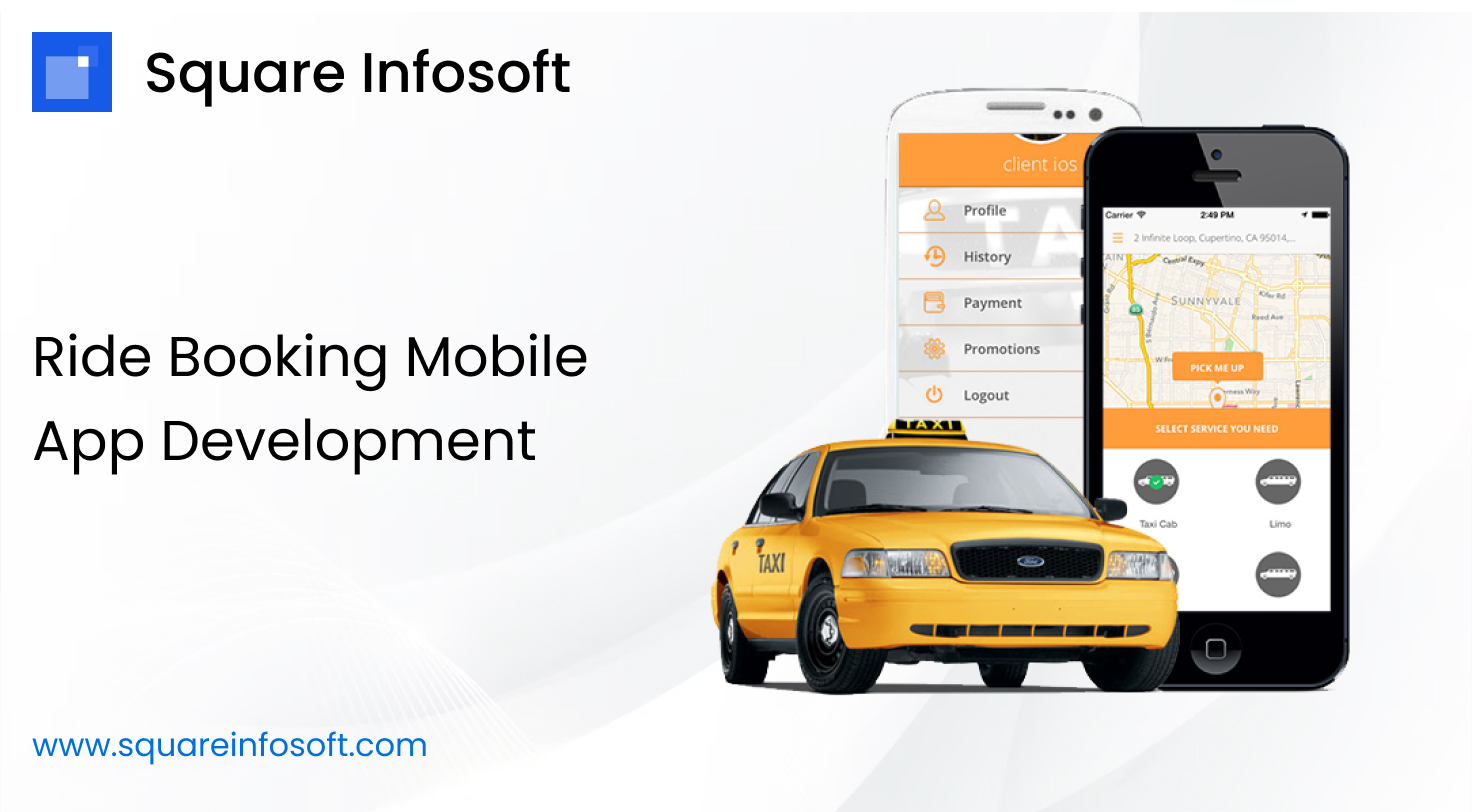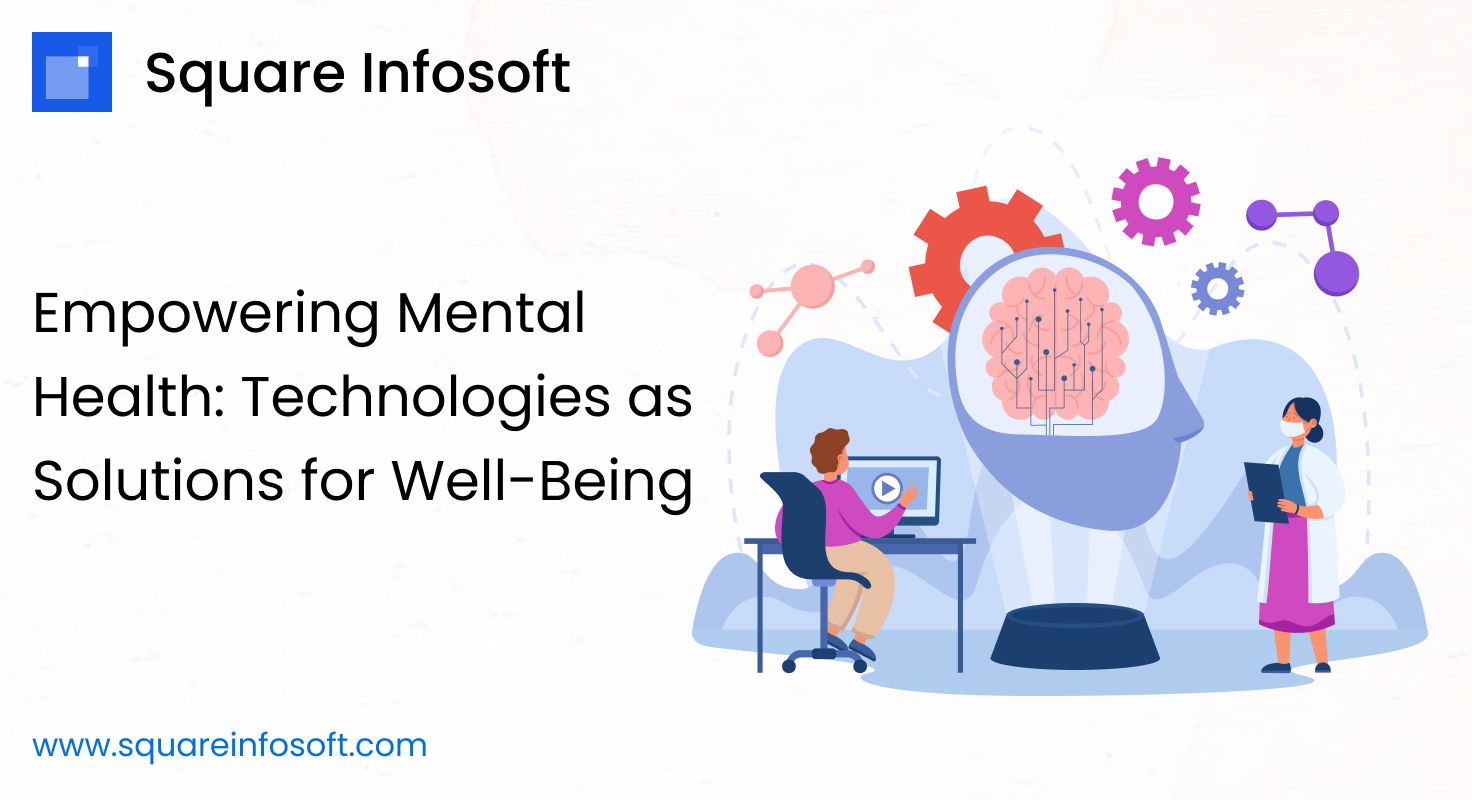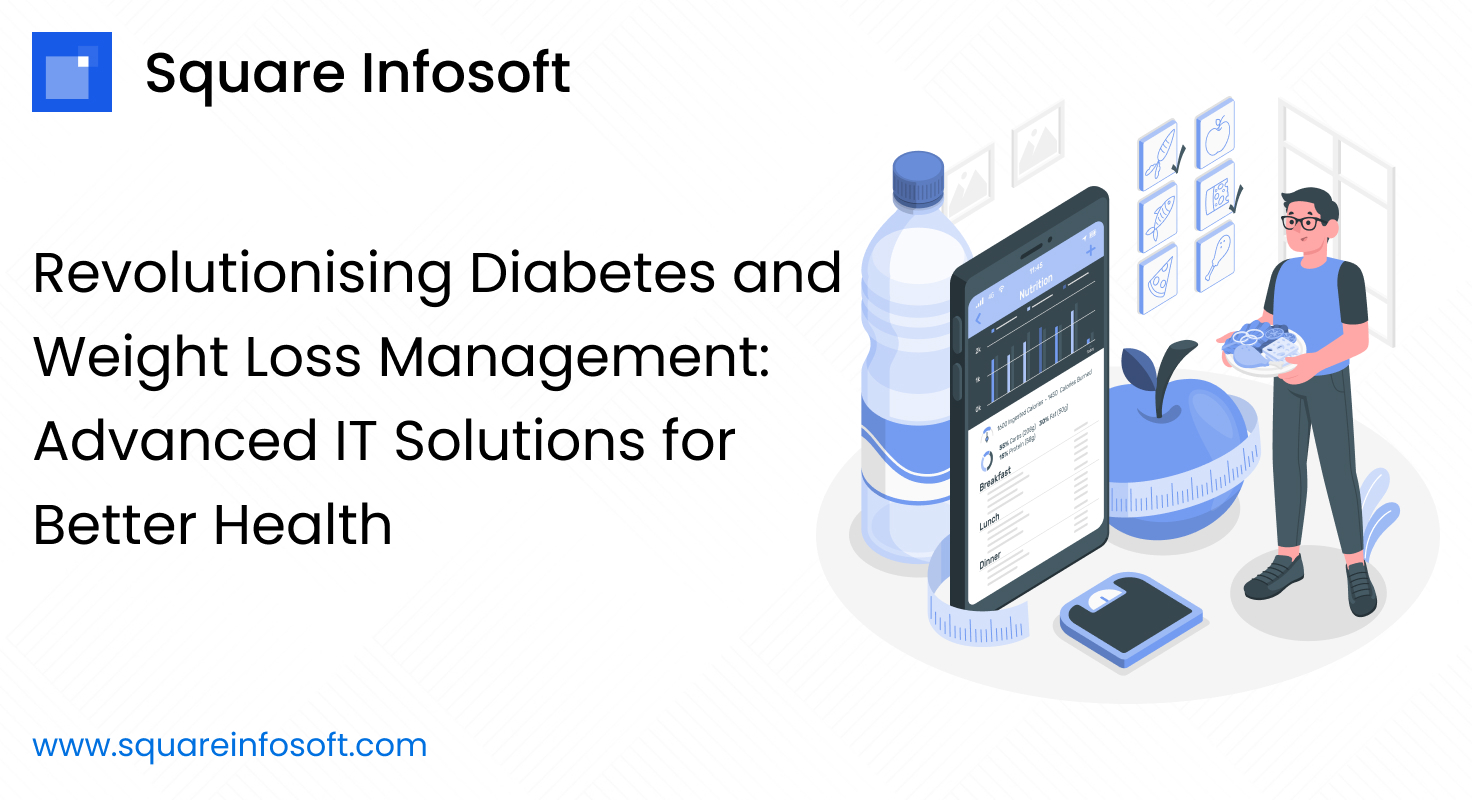Developing a ride booking mobile app is a great way to provide convenient transportation services to users. Here’s a concise guide to help you create a successful ride booking app:
1. Define Your App’s Focus:
- Determine whether your app will cater to taxi services, ride-sharing, or a combination of both.
2. Core Features:
- User Registration: Allow users to create accounts and profiles.
- Ride Booking: Implement a user-friendly interface for booking rides.
- Real-Time Tracking: Provide GPS-based tracking of vehicles and estimated arrival times.
- Payments: Integrate secure payment gateways for cashless transactions.
- Ratings and Reviews: Allow users to rate drivers and leave feedback.
3. Design and User Experience (UX):
- Create an intuitive and visually appealing interface.
- Prioritize ease of use, clear navigation, and efficient booking workflows.
4. Platform and Technology Selection:
- Choose the platforms (iOS, Android, or both) and programming languages (Swift, Kotlin/Java) that align with your target audience.
5. Development:
- Develop the app’s front-end and back-end components, including user registration, ride booking, and payment processing.
- Implement secure authentication and data protection measures.
6. Integration:
- Integrate with third-party APIs for location-based services, payment processing, and mapping.
7. Testing and Quality Assurance:
- Thoroughly test the app for functionality, performance, and security.
- Ensure compatibility with various devices and screen sizes.
8. Deployment:
- Publish the app on app stores (Apple App Store, Google Play Store) following their guidelines.
- Create informative app descriptions and visuals.
9. Marketing and User Acquisition:
- Develop a marketing strategy to attract users (online advertising, referral programs, partnerships).
- Offer incentives for user referrals or initial bookings.
10. Continuous Improvement:
- Gather user feedback to make regular updates and enhancements.
- Stay updated on industry trends, regulations, and user preferences.
11. User Support:
- Provide channels for user support and inquiries within the app.
- Ensure prompt and helpful responses to user concerns.
A well-designed ride booking app developing offers a transformative solution to meet the growing demand for convenient and efficient transportation services. This concise guide provides a roadmap for creating a successful ride booking app that prioritizes user satisfaction, safety, and ease of use.
By defining the app’s focus early on, whether catering to taxi services, ride-sharing, or a combination of both, developers can tailor the features and functionalities to meet specific user needs effectively.
The core features outlined in the guide, including user registration, ride booking, real-time tracking, payments, and ratings and reviews, form the foundation of a seamless and intuitive user experience. Integrating secure payment gateways, GPS-based tracking, and user feedback mechanisms enhances trust and reliability within the app ecosystem.
Design and user experience play a crucial role in the app’s success. Creating an intuitive and visually appealing interface, coupled with clear navigation and efficient booking workflows, ensures a positive experience for both riders and drivers.
Choosing the right platform and technology stack is essential for reaching the target audience effectively. Whether developing for iOS, Android, or both, selecting the appropriate programming languages and frameworks ensures compatibility and optimal performance across devices.
During the development phase, rigorous testing and quality assurance procedures are paramount to identify and rectify any issues before deployment. Publishing the app on app stores and implementing informative app descriptions and visuals are critical steps in attracting users and driving downloads.
A robust marketing strategy, coupled with ongoing user feedback and iterative improvements, is essential for sustained success. By staying informed about industry trends, regulations, and user preferences, developers can ensure that their app remains relevant and competitive in the dynamic ride booking market.
Finally, providing reliable user support channels within the app and delivering prompt and helpful responses to user inquiries contribute to building trust and loyalty among users.
In summary, a well-designed ride booking app has the potential to revolutionize the transportation industry by offering convenient, safe, and reliable transportation services to users worldwide. With careful planning, execution, and ongoing support, developers can create a platform that enhances the lives of both riders and drivers alike.




